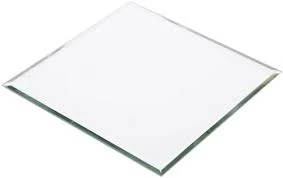

Architectural Decorative Windows Enhancing Aesthetic Appeal and Functionality
Windows play a crucial role in architecture, serving both functional and aesthetic purposes
. Among the various styles and types, architectural decorative windows stand out for their ability to elevate the visual appeal of buildings while allowing natural light to permeate interior spaces. These windows are not just openings in walls; they are artistic expressions that contribute significantly to a building's character and ambiance.Decorative windows often feature intricate designs and embellishments that reflect the architectural style of the structure. From Gothic cathedrals adorned with stained glass to contemporary homes featuring sleek, geometric patterns, these windows are designed to captivate the eye and enhance the overall design narrative of a space. They can be made from a variety of materials, including wood, metal, and glass, allowing for a range of styles from rustic to ultra-modern.
One popular type of decorative window is the stained glass window, which not only serves as a source of natural light but also brings color and life to a space. These windows have been used for centuries in churches and public buildings, often depicting biblical narratives or historical events. Today, stained glass has found its way into residential settings, providing a unique focal point for entryways, dining rooms, or living areas.

Another example is the use of decorative window grids or muntins, which subdivide the window into smaller panes. This design adds a layer of texture and detail, creating a more nuanced facade. These grids can be arranged in various patterns, from traditional diamond shapes to modern straight lines, allowing homeowners and architects to customize the appearance according to their preferences.
Apart from aesthetics, decorative windows can also enhance the function of a building. For instance, large, beautifully crafted windows can frame stunning views of the surrounding landscape, effectively merging the indoors with the outdoors. They can also be strategically placed to optimize natural light, reducing the need for artificial lighting and creating energy-efficient spaces.
Furthermore, decorative windows can incorporate innovative technology to improve energy efficiency. Double or triple glazing, combined with decorative elements, can provide insulation while adding an aesthetic layer. This technology ensures that homes remain comfortable regardless of external weather conditions, merging functionality with beauty.
In conclusion, architectural decorative windows serve as a vital component of building design, blending artistry with practicality. Whether through ornate stained glass or modern geometric patterns, these windows not only enhance the beauty of a structure but also contribute to its functionality. As architects and homeowners continue to explore creative possibilities, decorative windows will remain a significant element in the evolution of architectural design, promising to capture the imagination for years to come.